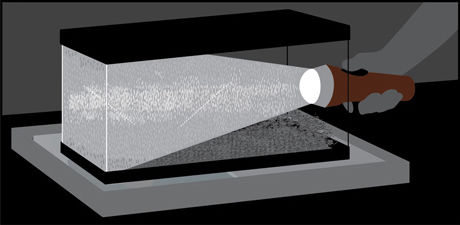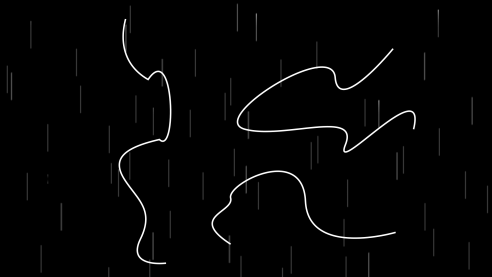
What is a cloud chamber?
Cloud chambers use a differentially cooled atmosphere of evaporated alcohol to detect different particles flying through the air.
Fabric at the top of the chamber is soaked in isopropyl alcohol and allowed to remain at room temperature, while the bottom of the chamber is cooled down with dry ice. As the evaporated alcohol at the top sinks down toward the dry ice at the bottom, it cools down and wants to turn back into a liquid. Since the air near the bottom of the tank is now supersaturated (meaning it's just below its atmospheric dew point), the alcohol will cling to anything that acts as a nucleation point.
In this case the particles we want to detect fly through the cloud chamber and bump into evaporated alcohol molecules, knocking off some of their electrons. This turns the molecules into charged ions, which the atmospheric alcohol is attracted to (acting as our nucleation point), thus creating literal clouds of alcohol!




